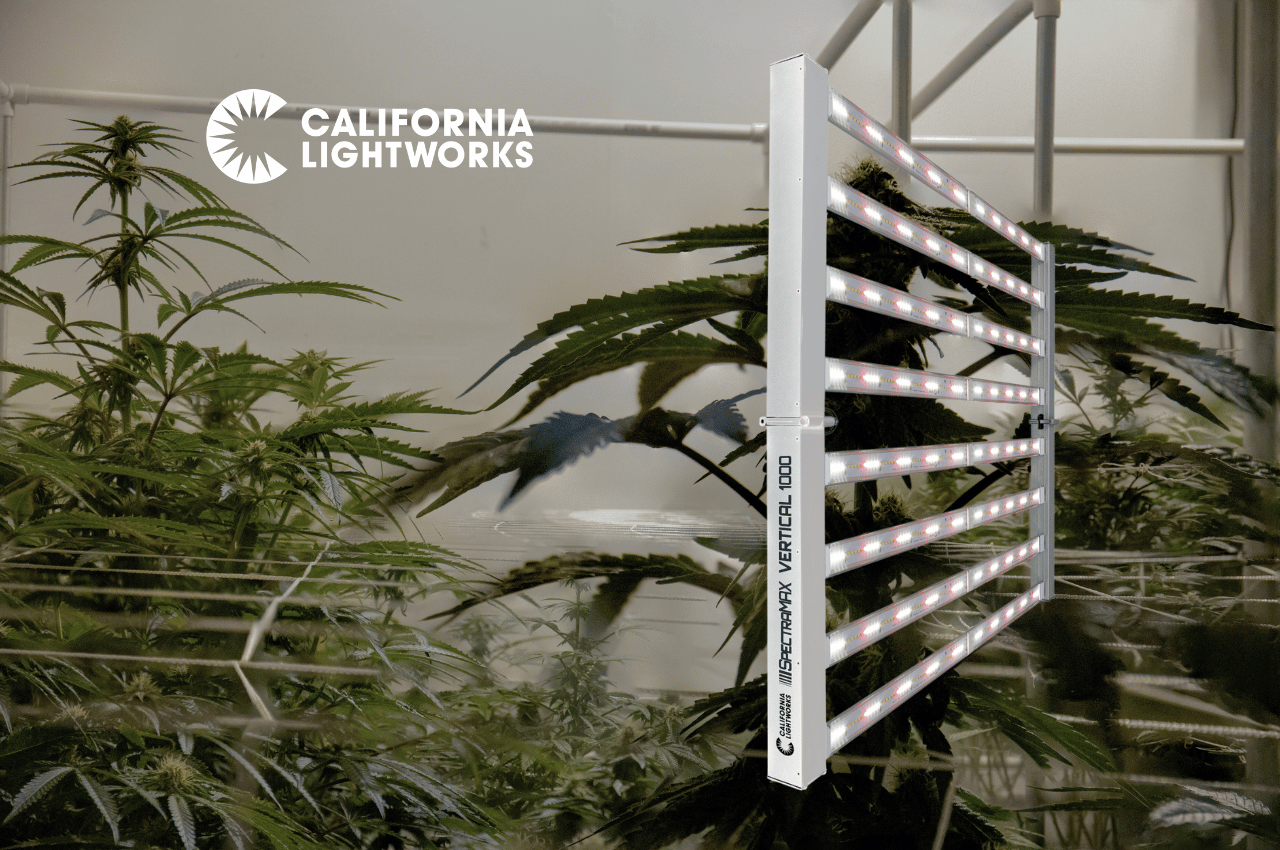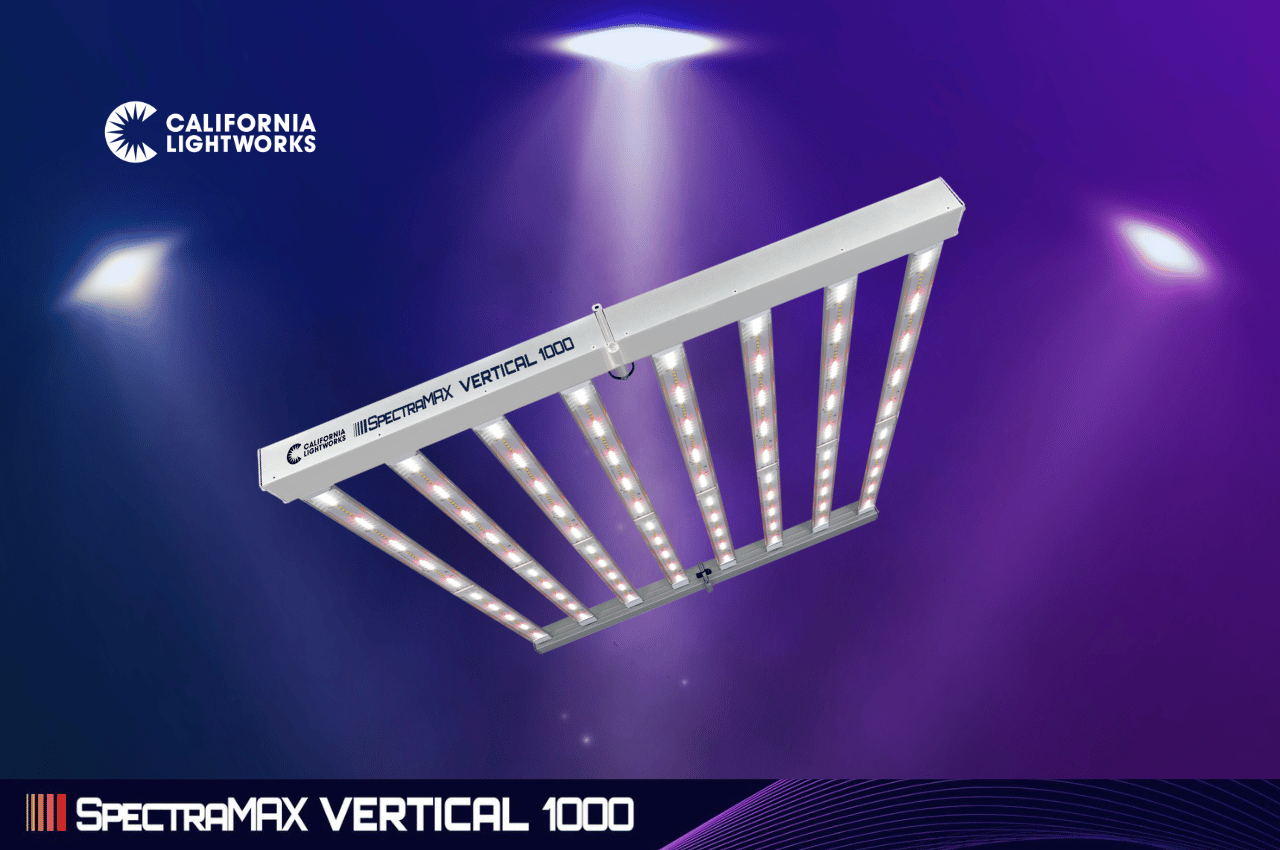If you are an indoor grower—or if you’re just looking into what it takes to cultivate plants indoors—you likely already know the benefits of LED grow lights. You know they’re high efficiency, you know quality LEDs have a long lifespan with very little loss in intensity, and you know they’re cooler than HPS and HID lights. You may also know that spectrum variable LED lighting allows you to adjust the spectrum of your grow lights to mimic the changing position of the sun.
That said, there is one significant benefit to LED lighting you may not be aware of. That difference is the sunrise/sunset setting available in advanced models like the SolarSystem series by California Lightworks.
Why is the sunrise/sunset setting so important?
To put it simply, flowering plants have a much more nuanced relationship to sunlight than many people realize. They have a physiological response to every change in spectrum and intensity. When you can mimic the gradual increase and decrease of sunlight at the beginning and end of every day, you offer your plants a smoother transition through their biological functions.
While your plants aren’t ruled by a central nervous system, they do adhere to a circadian clock the same way humans do. And just as our bodies produce melanin when darkness sets in, plants rely on the light changes of the 24-hour cycle to guide them through their biological processes.
During daylight hours, plants have one primary goal: to absorb all the photons they can to create energy through photosynthesis. As the sun goes down and darkness falls, plants take the cue to produce auxin, a hormone that controls growth and development. As your plants “sleep,” they metabolize all the energy they created through photosynthesis and use it to grow. Developments such as root growth and flowering happen during the night, and any light pollution during the night hours can cause stress and disrupt growth.
In nature, plants learn to sense when sunrise is coming, and many species open their leaves toward the sun, preparing for another round of photosynthesis. From there the cycle continues—creating energy during the day, then using that energy to grow at night.
Why a Gradual Change in Light is Best for Your Indoor Plants
You understand why a consistent cycle of light and dark is so essential for indoor cultivation. But why does a sunrise/sunset light setting matter?
Simply put, any abrupt change in the environment is going to limit your crop’s ability to thrive. Just as you wouldn’t want to shock your plants by a sudden change in temperature or hydration, you also don’t want to blast them with sudden light or plunge them into sudden darkness. They are, by nature, wired to take cues not just from light or dark, but also from the stages of the day so they can slip through their biological functions naturally. They prepare for photosynthesis as the sun rises, and they prepare for metabolism as the sun goes down.
When you shift from “day” to “night” with something as unnatural as an “on/off” switch, you risk stress and stunted growth for your crops.
How to Recreate a Sunrise and Sunset in Indoor Cultivation
The gentlest and most natural way to guide your indoor plants through their daily and seasonal light cycles is with LED grow lights that offer spectrum variability and a sunrise/sunset function.
You can find these options with our SolarSystem LED lights and the SolarSystem Controller. Using the digital controller, you’re able to pre-program an entire grow cycle for up to 365 days. You can program the light spectrum down to the minute and select the sunrise/sunset setting for a gradual transition between “day” and “night.”
Recreating sunlight for indoor cultivation can be a complex science, but if there’s anything we can do to help, let us know. We’re always happy to speak with growers and help you find the perfect solution for your crop.







